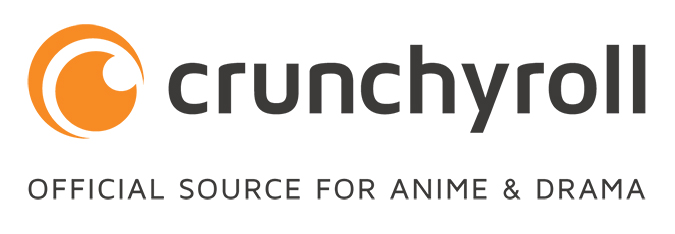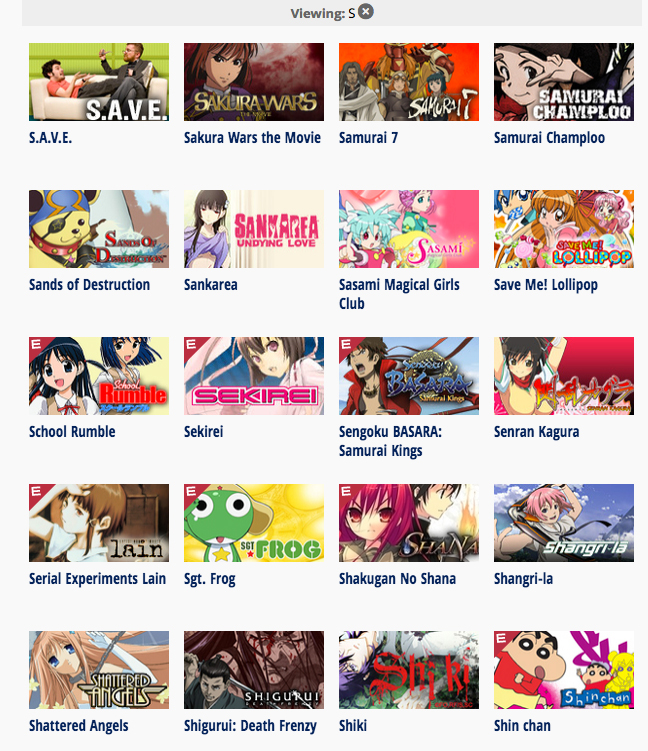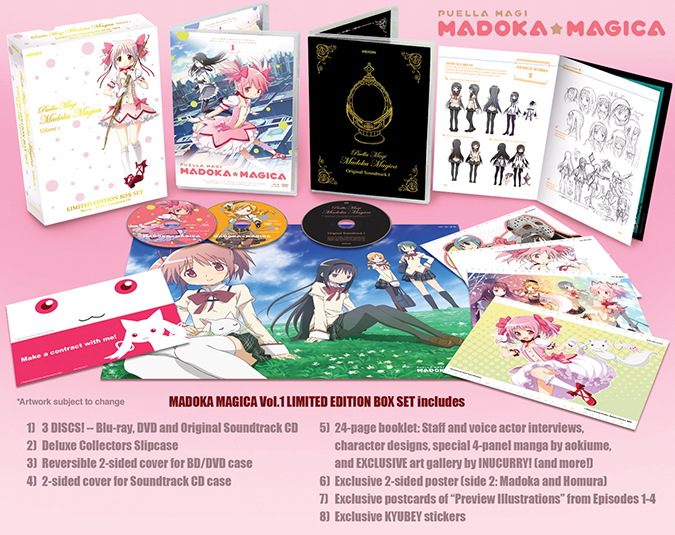I bought exactly four anime series on DVD or Blu-Ray in 2013. If you went back to 2008 and presented my past self with that number, he’d probably assume that I’d either gone broke or simply stopped watching so much anime. I haven’t gone broke (though I’m working on it), and I watch more anime now than ever before. So, what’s changed since my years of rabidly snapping up thinpacks and box sets at the first hint of a sale?
Spoiler Alert: this company is involved.
Well, a lot of it has to do with the state of technology in general, and the Internet in particular. We’ve reached the point in the US where being able to stream HD videos is like having running water. We don’t just have it; we expect it and pitch a fit when it goes away. Our Internet connections can reliably give us higher-quality video than a DVD, provided we can be home between 7:00 AM and 5:30 PM for the cable guy to set it all up.
Couple this with streaming anime services that can send video to our TVs through just about any game console or Blu-Ray player, and suddenly the entire market changes. For a few bucks a month, I can access a staggering number of catalog titles and simulcasts, all without having to get up off the couch and switch between discs.
For the average consumer of anime, it’s hard to justify paying $25 for a physical copy of one series when that same money could go to several months of a paid streaming subscription. The undeniable momentum of those numbers has paid off for services like Crunchyroll, which has gone from a tiny website with a few quirky old titles to a titan of the international simulcast business. Big hitters from the days of physical media have caught on, with Funimation and Sentai Filmworks both offering streaming subscriptions. For better or for worse, the landscape has changed dramatically.
I filtered Funimation’s streaming catalog to only show titles starting with “s.” This is the FIRST HALF of the results.
While it’s gotten more difficult to sell physical media on a “more for your money” strategy, there is another option that’s been proving successful. Smaller companies that lack the resources to compete in the streaming market can always count on one thing: anime fans are collectors at heart. We want to do more than just watch our favorite shows. We want stuff. We want figures, posters, soundtracks, artbooks, and suggestively shaped mouspads, and we’re enthusiastic or gullible enough to pay for them.
Thus, we have the “Collector’s Edition.” Epitomized by the super-expensive box sets from Aniplex of America, this strategy places an anime series into some nice packaging, along with a cornucopia of impressive (and frequently exclusive) merchandise. It’s been working for Aniplex, along with other small-scale studios like NIS America and Right Stuf’s Nozomi Entertainment label. These two occupy a middle ground between the low-cost products from the big hitters and the conspicuous consumption of the Aniplex products. This approach has proven effective enough that Funimation is offering a collector’s edition release of Psycho-Pass, showing a deliberate break from their usual value-oriented physical releases.
If you listen closely, you can hear your wallet sobbing at night.
This split between value and extravagance isn’t entirely new, of course. Back before the days of complete collections, volume one of a series was usually offered in standard and “Big Box To Hold All The DVDs” editions. What’s new is the increasing divide between the two approaches. Instead of paying a ten-dollar premium for the nice version, we’re paying fifty, one hundred, or more. Instead of choosing between two packages for our physical media, we’re choosing between buying discs and paying for streaming access. Oh, brave new world that has such anime in it!
At the end of the day, though, I think a lot of this is good for the industry. The subscription model has been the salvation of quirky niche titles that would never have been licensed in the old days. It’s now much easier for big hits like One Piece or Attack on Titan to make up for the limited audience of less popular shows, since the subscription fees pay for everything. Paying for access also encourages people to try out shows they wouldn’t have watched otherwise in an effort to get more for their money.
Move out, Survey Corps! We’ve got subscriptions to sell!
Under the right circumstances, the expensive collector’s edition can fit in quite nicely with the streaming market. Fans will always have favorite shows, and will want some tangible connection to those titles. We can watch lots of anime on the cheap with subscription services, and occasionally pay extra to own a quality release of the stuff we really enjoy. Of course, this ideal is entirely dependent upon all expensive releases being simultaneously available through a streaming service, but it’s worked out well with titles like Madoka Magica and Fate Zero.
So yes, the times are changing, and yes, I think the market for “regular” physical releases will get smaller. I seriously doubt, however, that it will go away entirely. There will always be folks who prefer to own everything they watch, and a physical copy makes a better gift than a streaming recommendation. But you’d have to be a fool to think that the business of adapting and localizing anime doesn’t require the ability to, well, adapt.
Kawaii Overthink is written by Paul Jensen. You can follow his ramblings about anime on Twitter.



